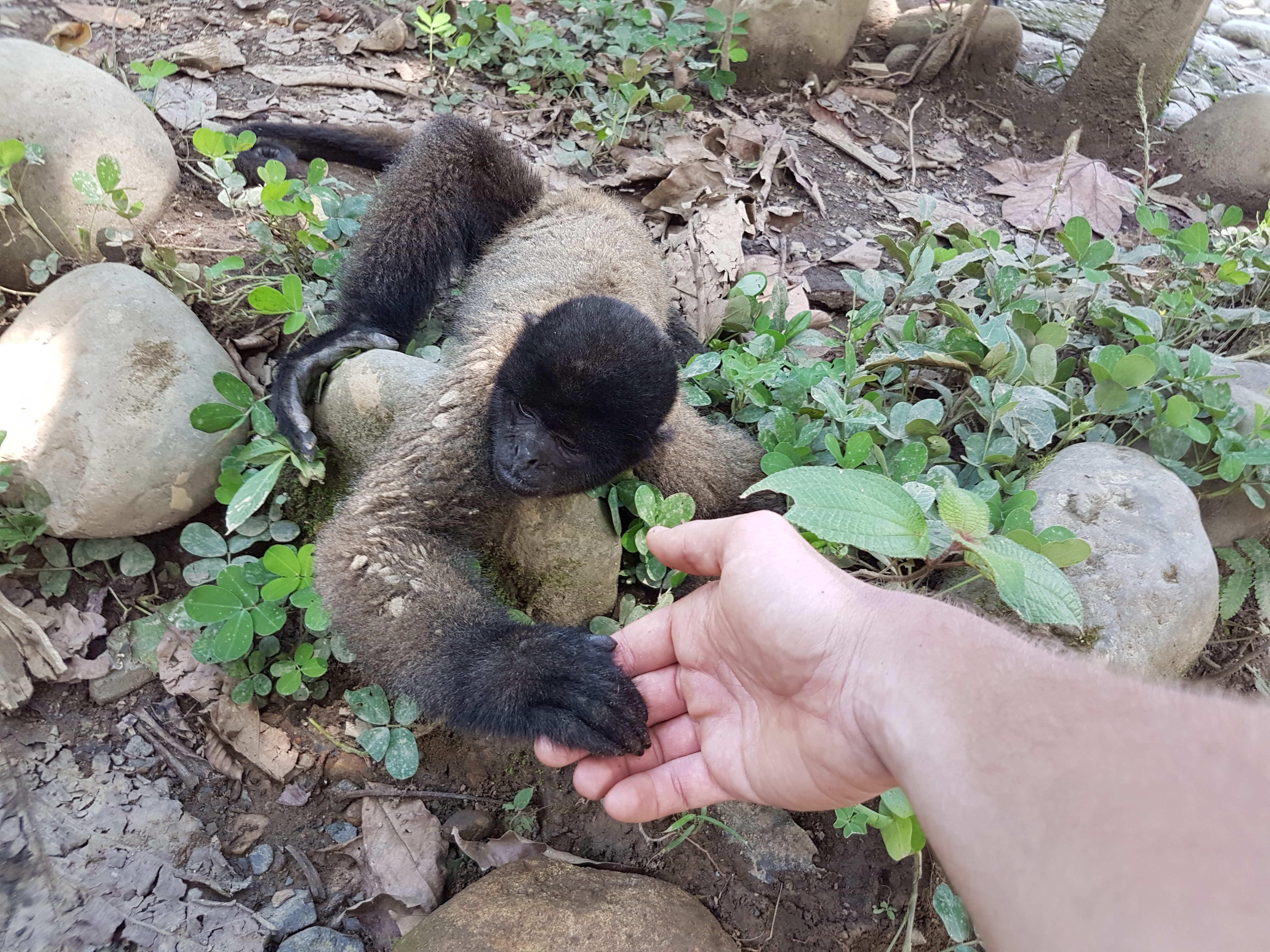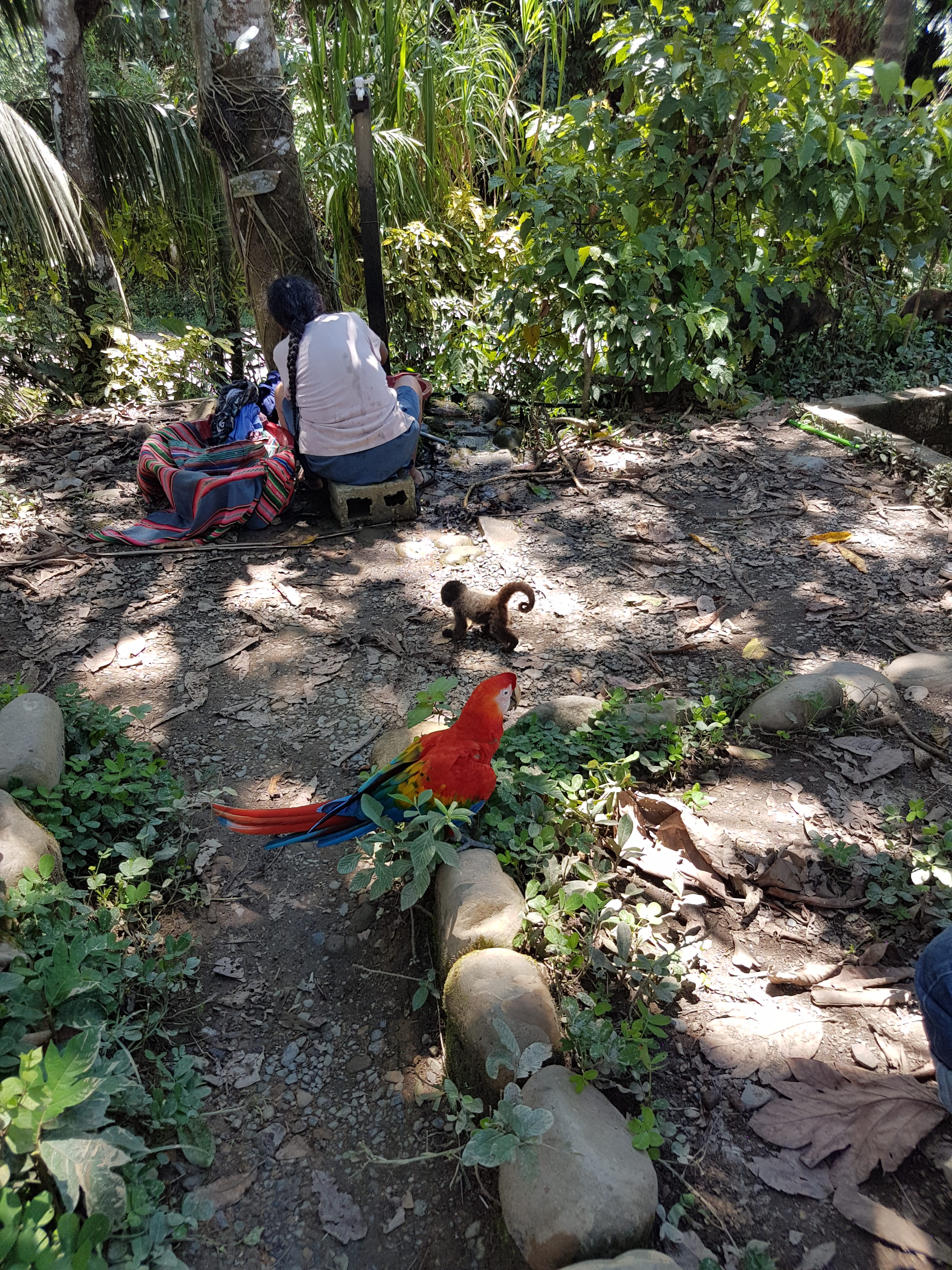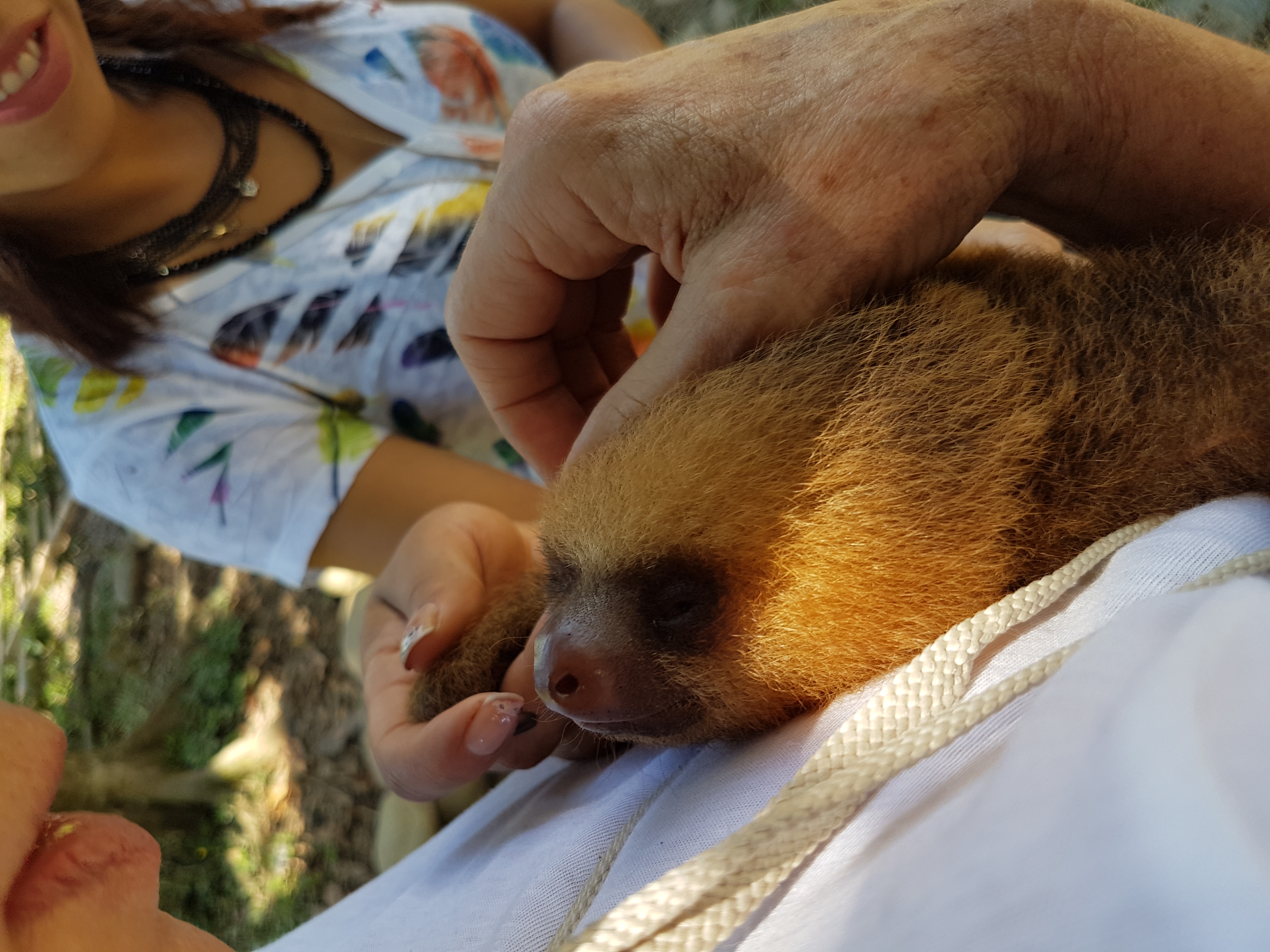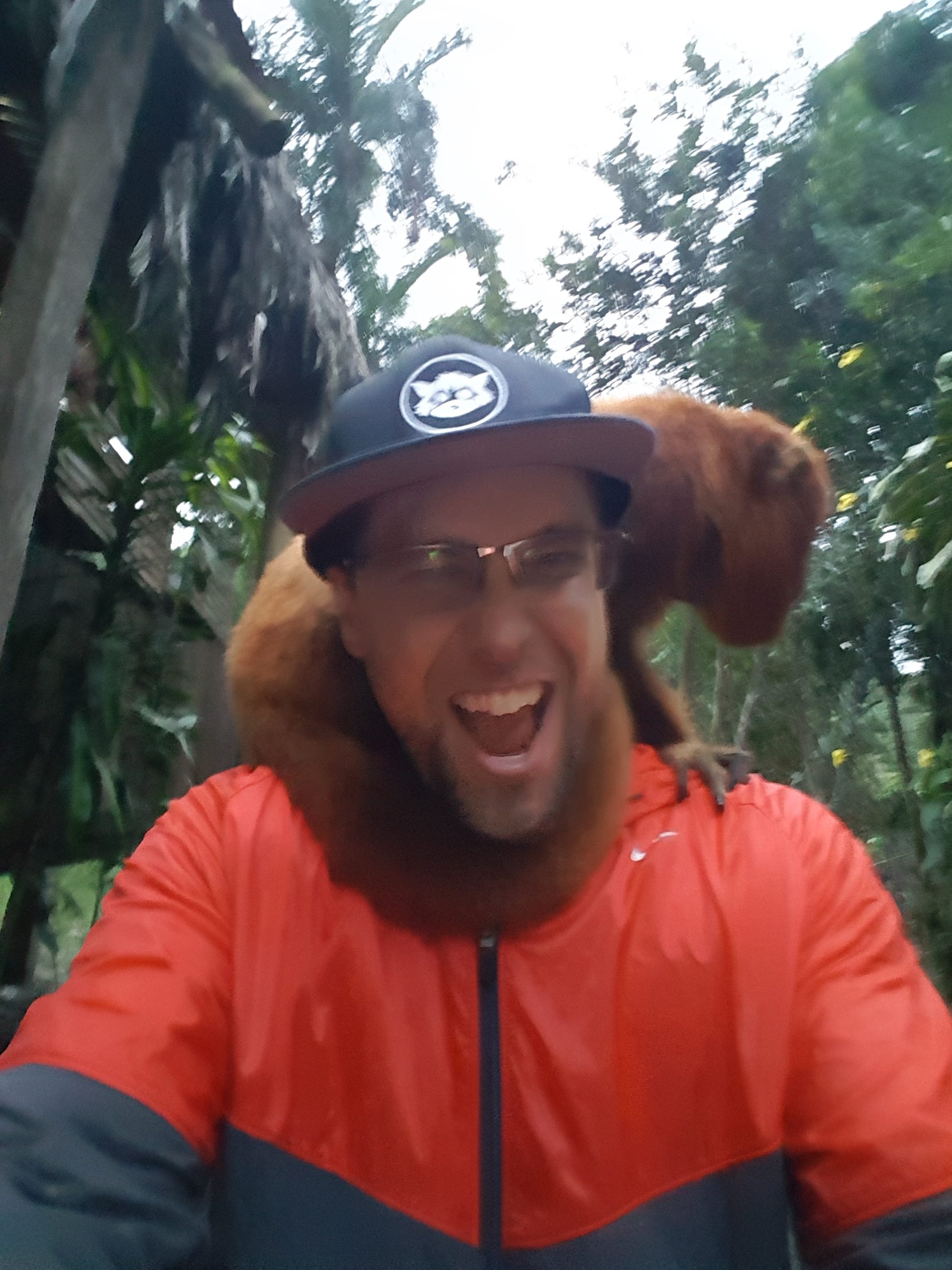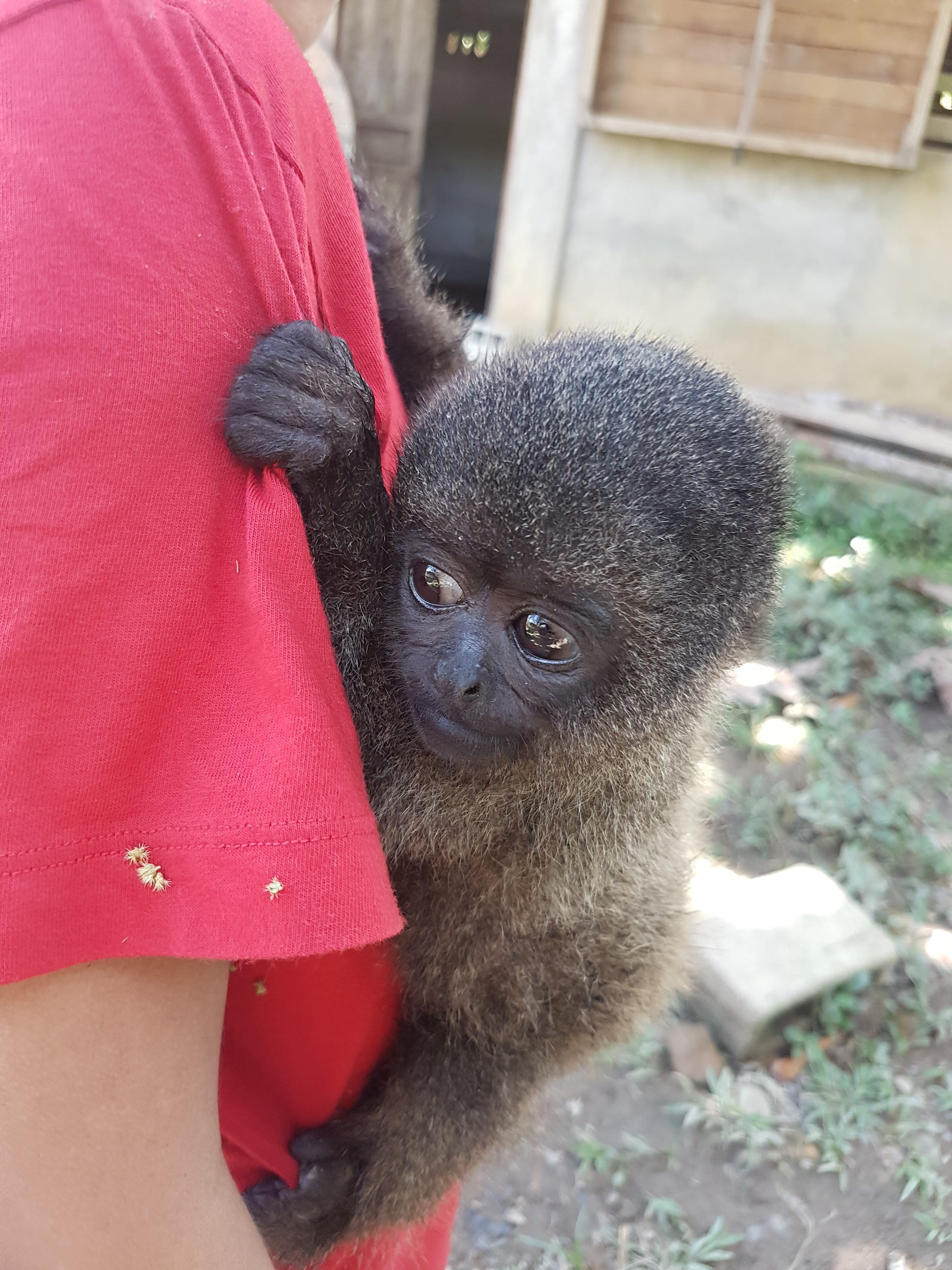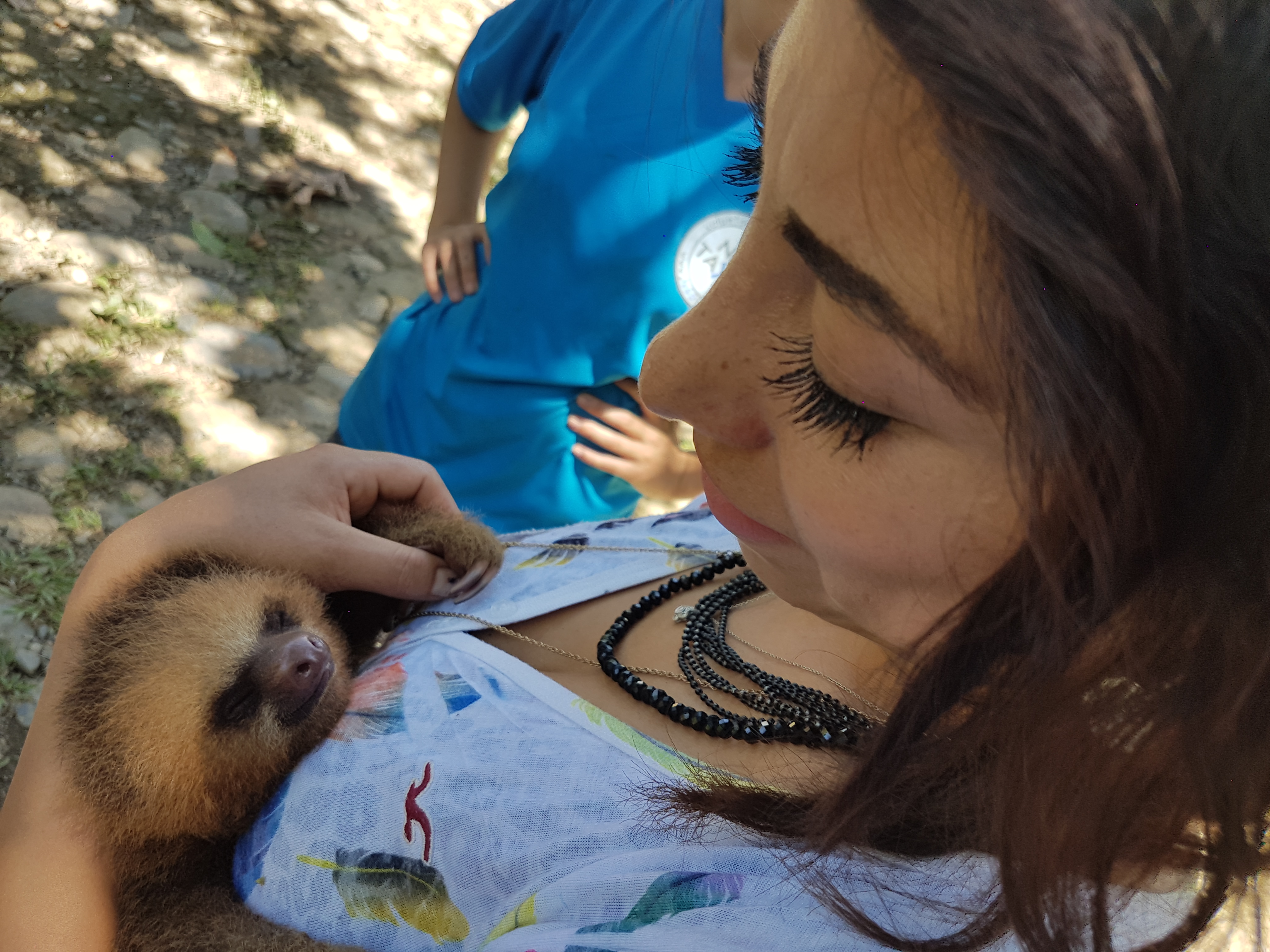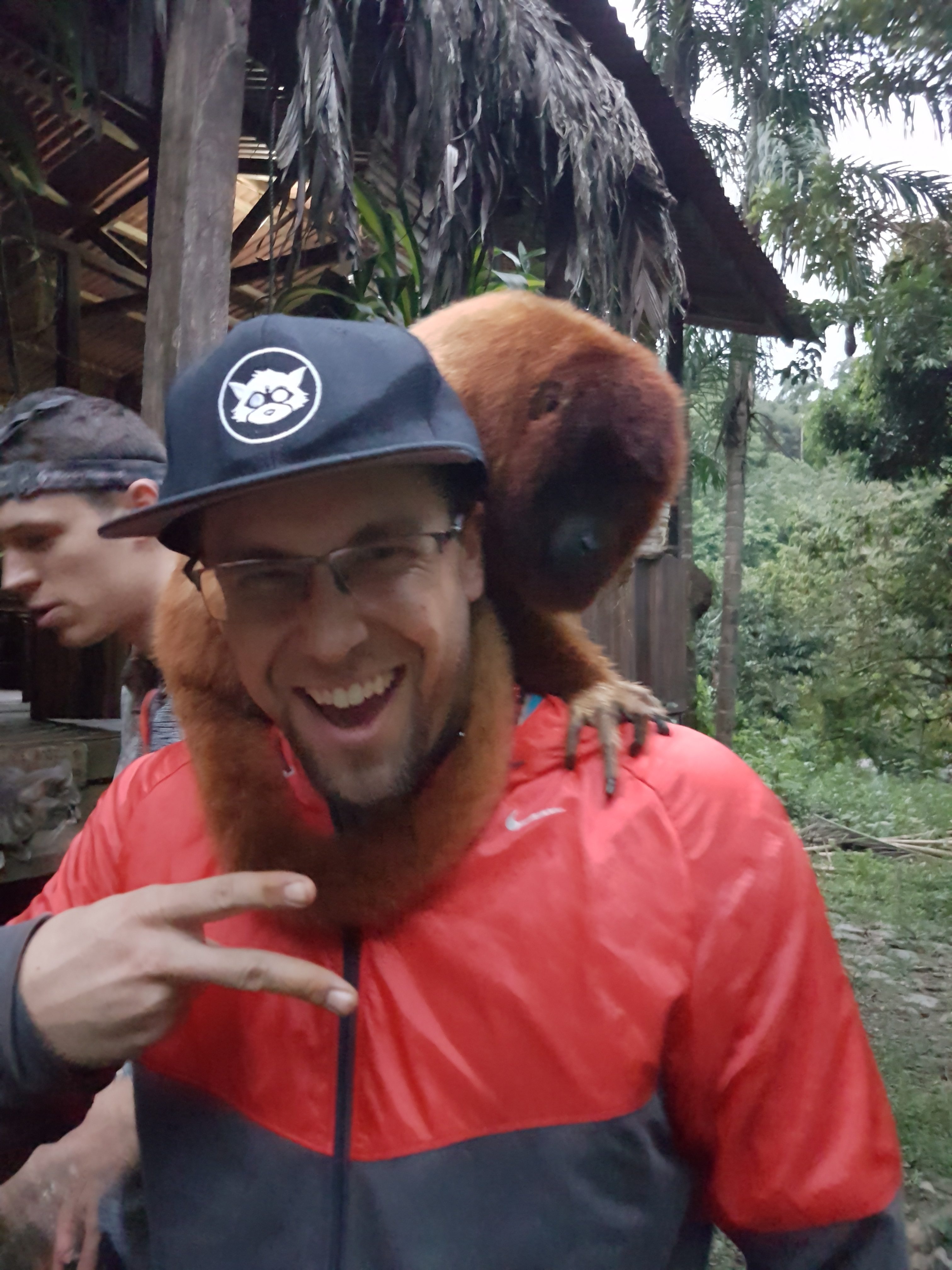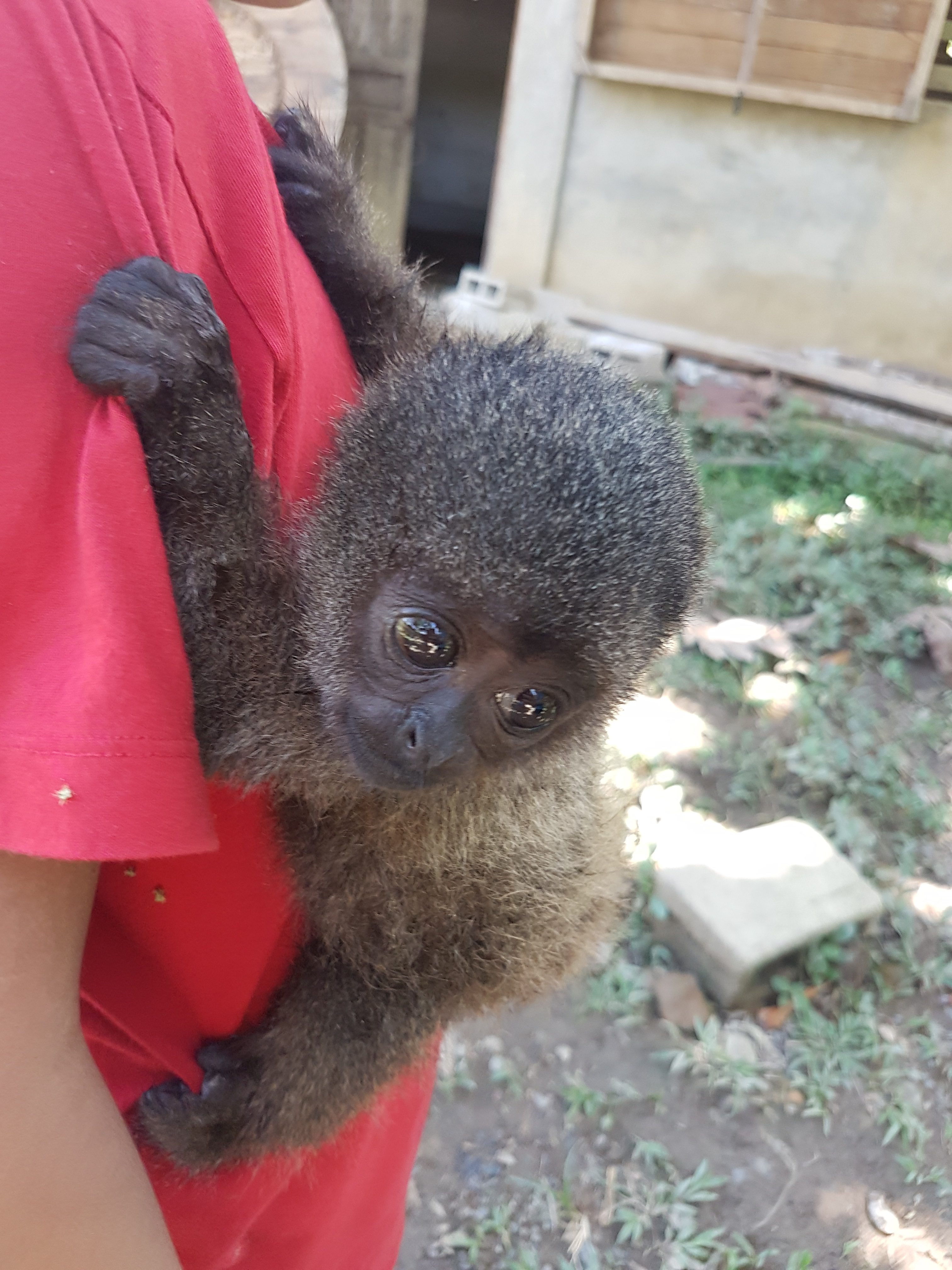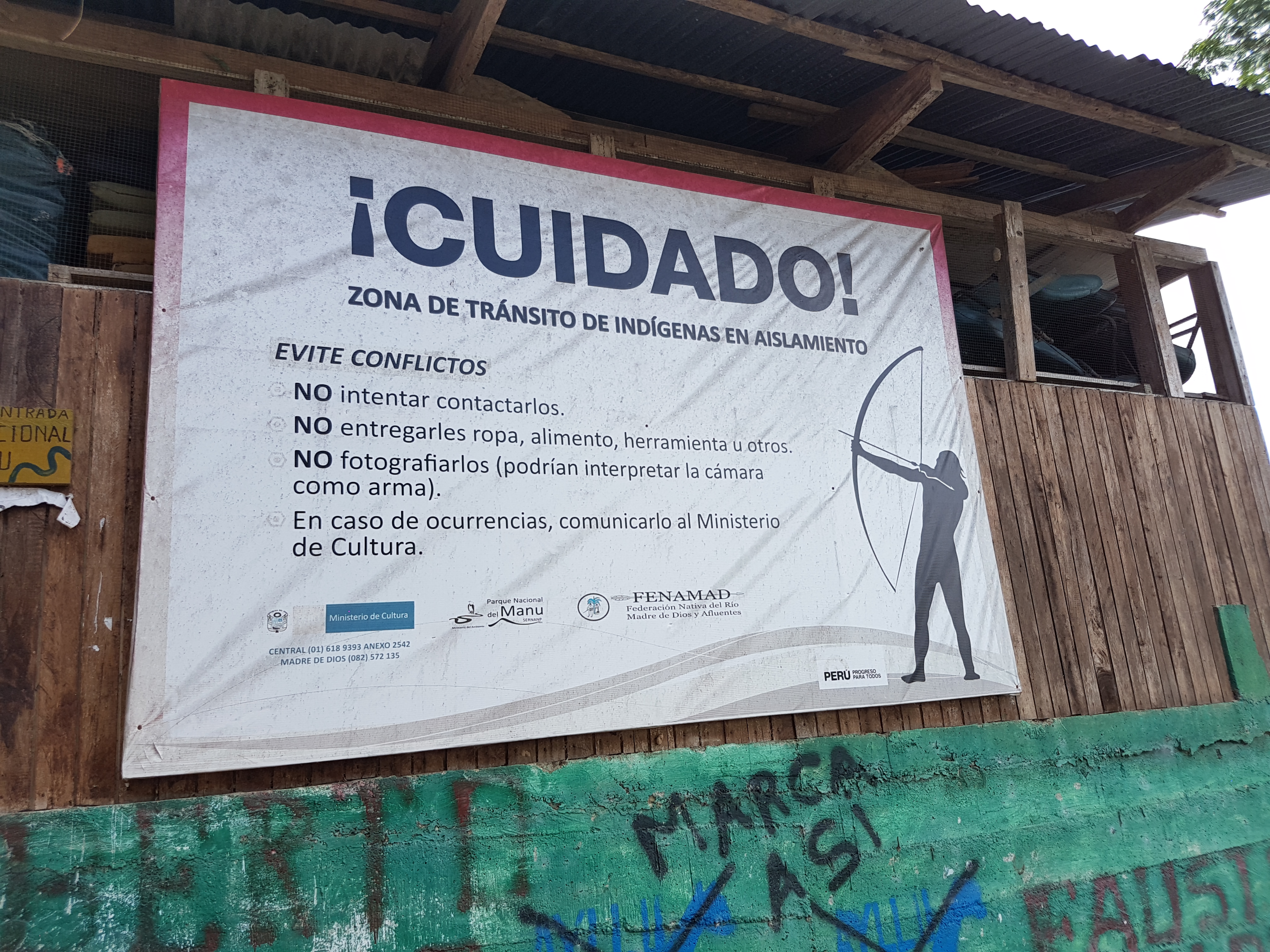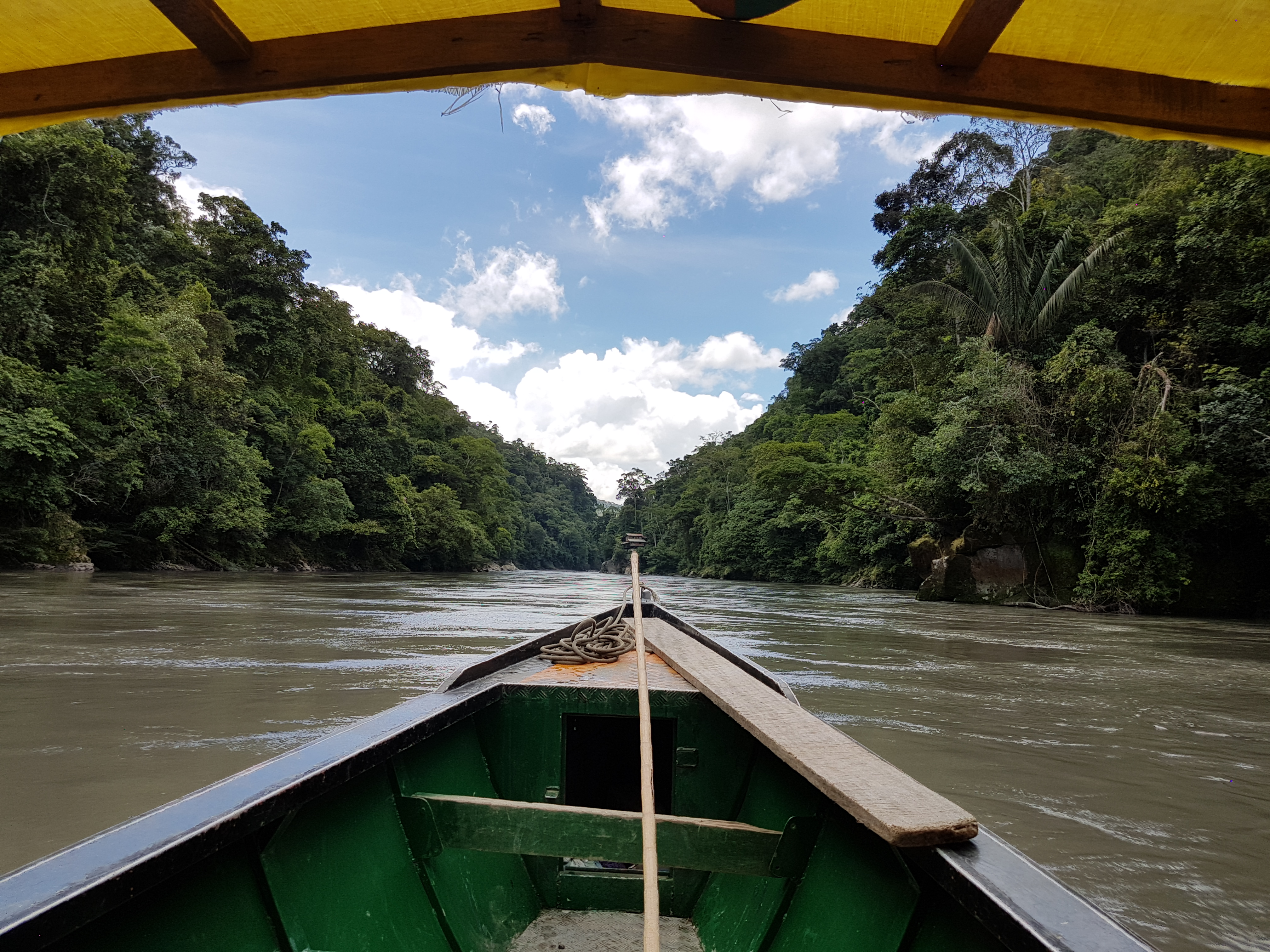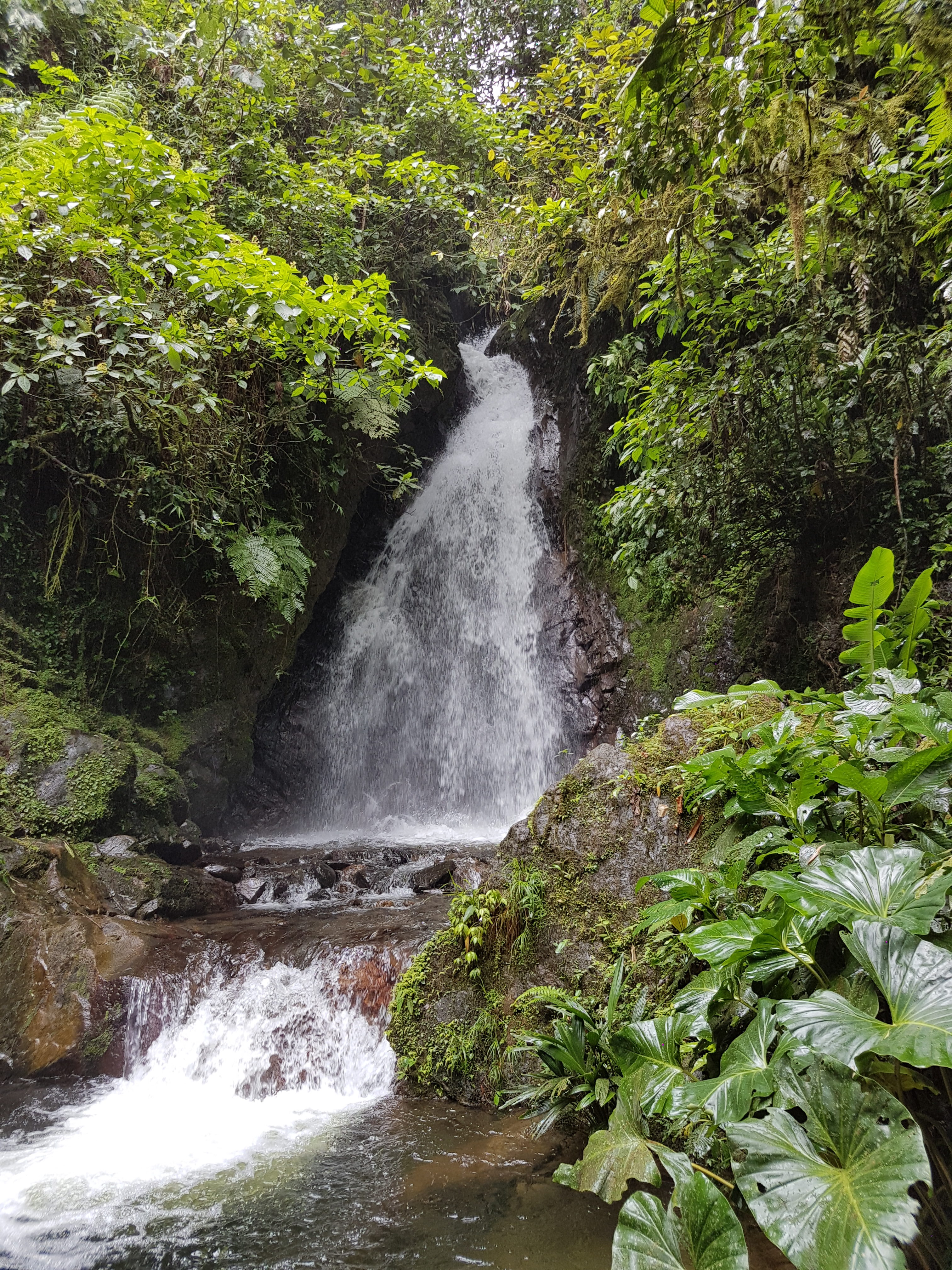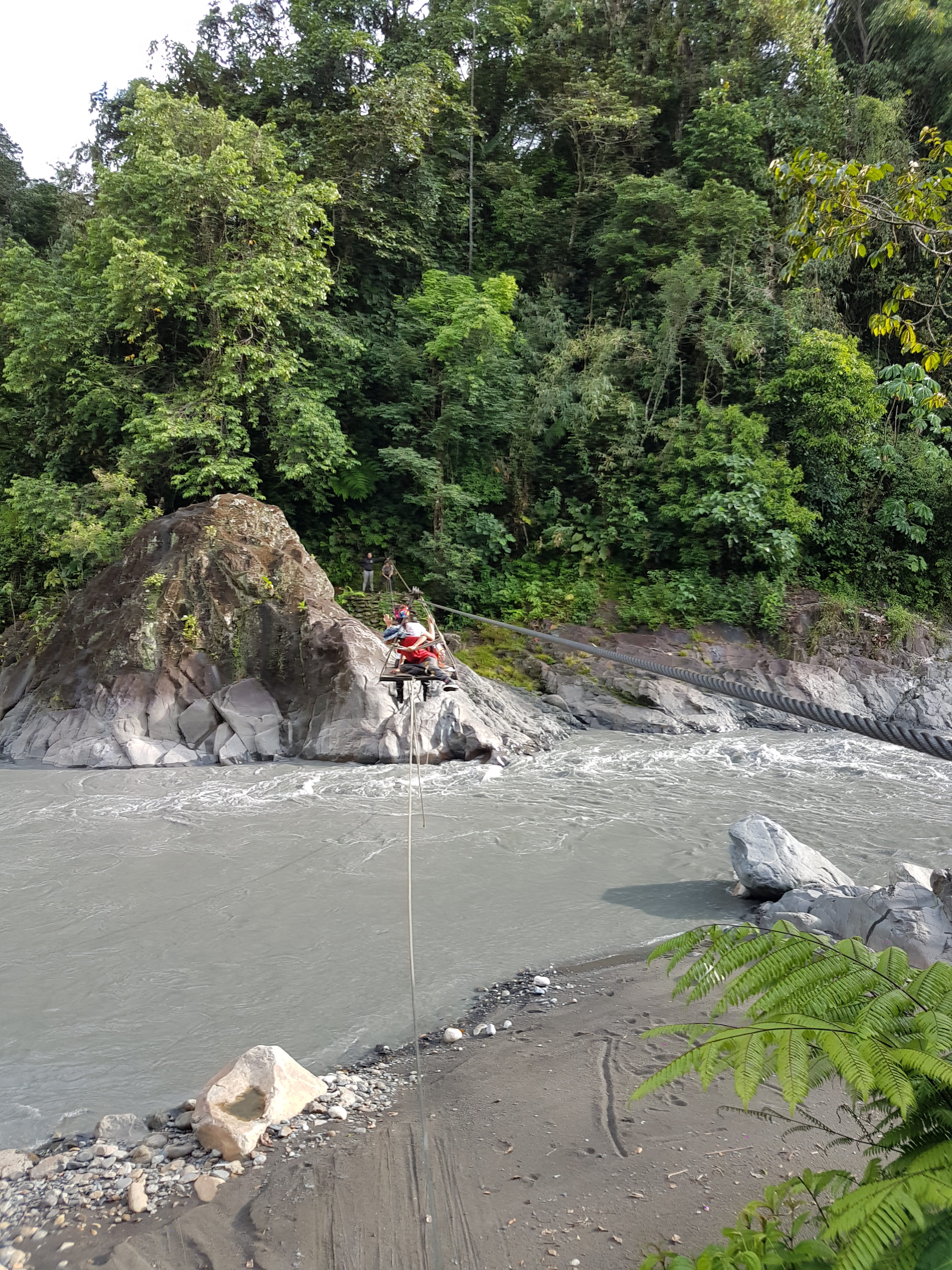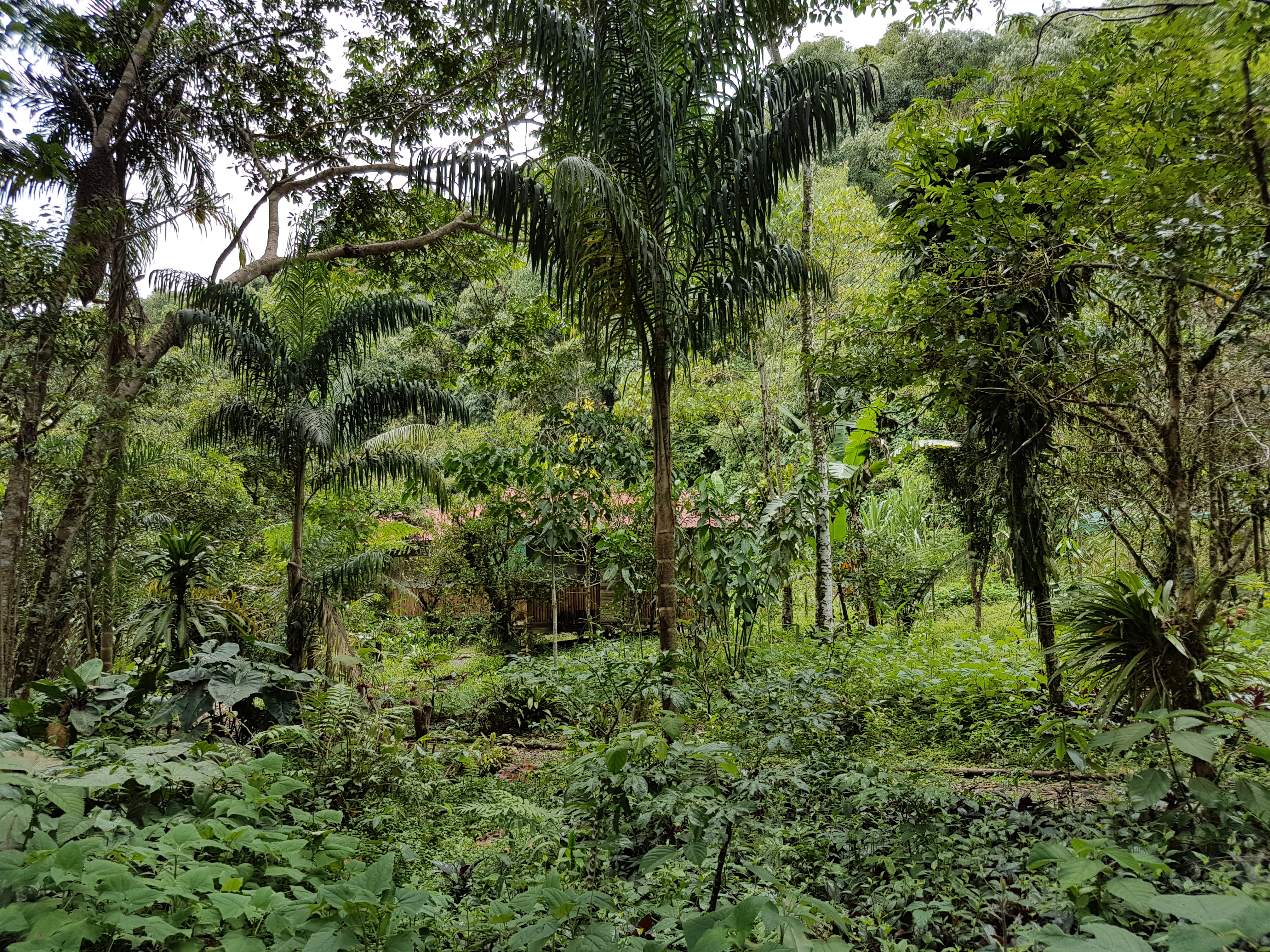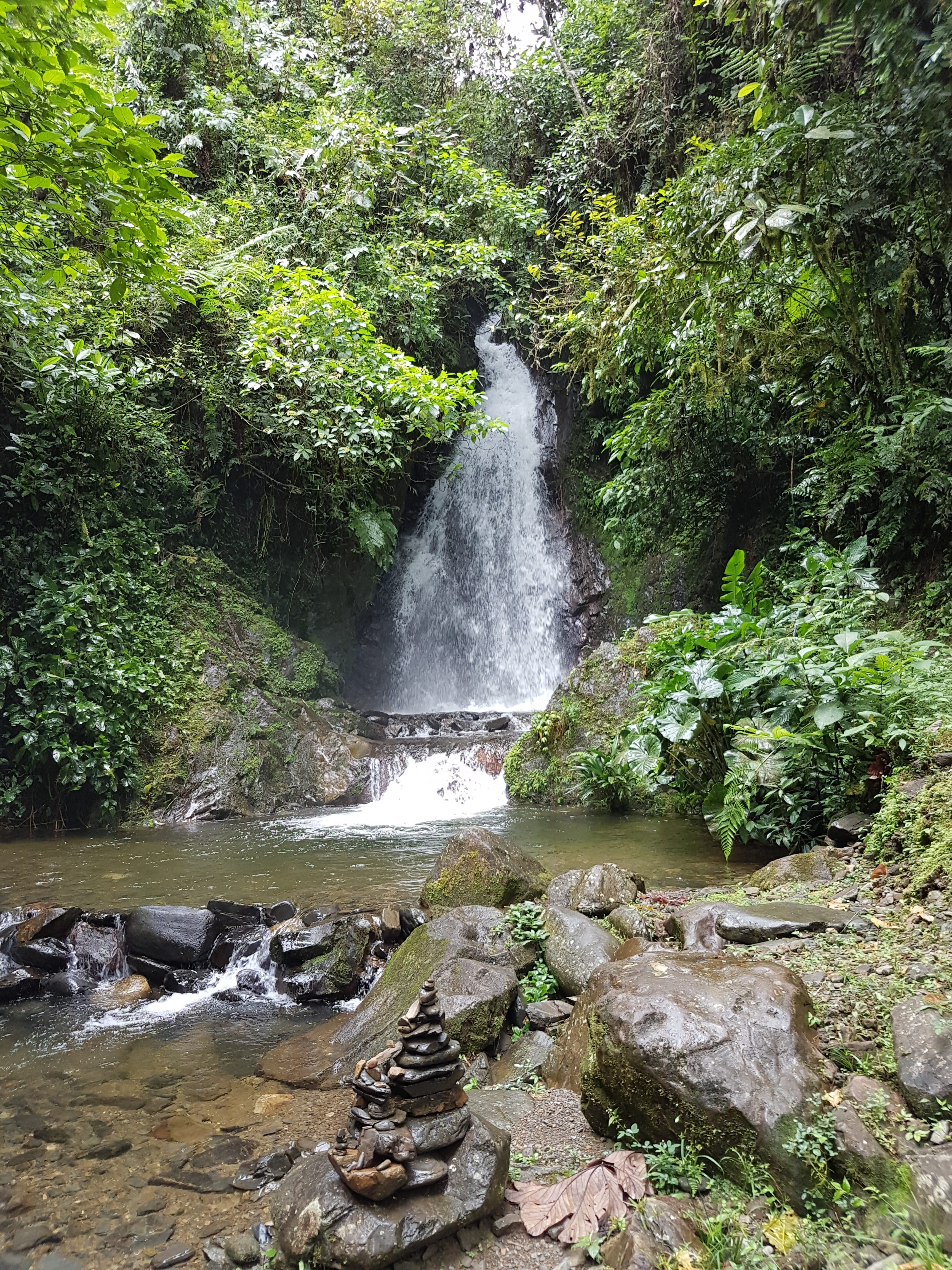For those who crave a dose of unadulterated jungle, Manu National Park can’t be beaten. This immense stretch of land showcases the untamed beauty of Peru. While the interior of this reserve is filled with untouched wildlife and native tribes, the outskirts are surrounded by clandestine coca plantations and resorts for hippies. Despite having unexpected dangers, this interesting combination is a truly remarkable place to visit. It’s one of the most bio-diverse areas in the world, so let’s dive into the details!
Even though it was originally established as a reserve in 1968, Manu National Park was officially founded in 1973. This bold move was made by the Peruvian dictator General Juan Velasco. As researchers realized the massive amount of wildlife within its borders, Manu continued to be elevated to different statuses. By 1977, UNESCO recognized Manu as a Biosphere Reserve. From there it was upgraded to a World Heritage Site in 1987. In 2002, the Peruvian government augmented the park to include even more areas. Today the park spans a massive 1,716,295.22 hectares that’s divided into three areas; Parque Nacional, Zona Reservada and Zona de Transitión o Cultural.
While the restricted use zone is only accessible by natives and researchers, 5 major areas are open to the public. This provides access to spectacular pieces of low jungle, ceja de selva and Andean grasslands. In total a staggering 4,385 species of plants and 1,108 species of trees grow aggressively throughout the reserve. This impressive amount of vegetation is complimented by 160 species of mammals, 132 species of reptiles and over 1,000 bird species. There are also 300 species of ants, 136 types of dragon flies, 650 species of beetles and 1,300 variations of butterflies.
This unparalleled display of nature has tantalized humanity for thousands of years with its exoticness. Ancient cultures entered its borders and created a series of petroglyphs in Pusharo and rio Q’eros. From there the Incan emperors Pachacútec & Túpac Yupanqui tried to incorporate the area into their empires. While this proved to be a daunting task, the Spanish conquistadors managed to found the city of Paucartambo outside Manu in 1565. This proved to be such a crucial transport route that the King of Spain Carlos III demanded that a bridge be built. When it was constructed, it became the main transport center for gold and coca harvested in the neighboring regions.
While a new road is used today, the old bridge in Paucartambo still stands. Gold mining in the area isn’t what it used to be, but coca leaves have never gone out of style. Despite multiple operations by the military & local police, coca production thrives in the regions bordering Manu. Through a series of clandestine methods, copious amounts of coca leaves and processed paste make their way to Cusco. This lawlessness is the way of the jungle, and the lucrative contraband won’t be going away anytime soon.
Even though the entire area is far from under control, Manu can’t be missed. It’s ground zero for crucial environmental research and essential for the preservation of fading native tribes. This park is irreplaceable, since it embodies everything that makes Peru magical. Something about its wildly untamed nature makes it completely hypnotic. There’s no end to the possibilities, which makes it impossible to indulge in everything it has to offer. Discover what amazing activities need to be experienced while visiting this unique exposition from Mother Nature!
Top Things to Do In & Around Manu
Activity #1: Pet Rescued Animals – Despite sounding like something that would only be enjoyable on MDMA, meeting the animals is what Manu is all about. Upon passing Paucartambo and winding into the outskirts of the park, visitors are greeted with a series of small towns. While most of them are exclusively dedicated to growing coca, some also feature makeshift animal rescue centers. These series of huts house exotic animals that were seized from traffickers. Many let the animals run wild, since they are easily lured back in with food.
This relaxed approach to animal stewardships allows visitors to see animals chilling in their natural habitat. Visitors can hold, pet and witness countless species of monkeys, sloths and exotic birds. These animals are absolutely gorgeous, which is exactly why people tried smuggling them out of the jungle. While the urge to take one home is tempting, it’s more rewarding to see them bask in their natural habitat.
Activity #2: Pasar En Lancha (Boat Rides) – Even though the Manu River is the main waterway, plenty of smaller rivers can be found throughout the park. After passing through Pilcopata and Salvacion, visitors will find multiple entry points to rivers. While most river banks are relatively deserted, some have evolved into full-fledged ports. These areas offer boat rides to visitors at a fee, so haggle relentlessly to avoid getting ripped off. These waterways are amazing to explore, and you haven’t gotten the full experience until you barrel down the river in lancha!
Activity #3: Exploring Waterfalls & Witnessing Gallitos de las Rocas – Thanks to a tremendous amount of rainfall, Manu is filled with streams and waterfalls. Most lodges offer exclusive access to neighboring waterfalls and cliffs. The latter is home to congregations of exotic birds. Out of all these potential visitors, none are more infamous than the gallito de las rocas. This bright red bird flocks to the neighboring cliffs at the crack of dawn to find its lover. Once they pair up, the birds go off into the trees to mate. While it’s a gorgeous courtship to witness, hiking around the jungle at 5 am to see it is absolutely grueling.
